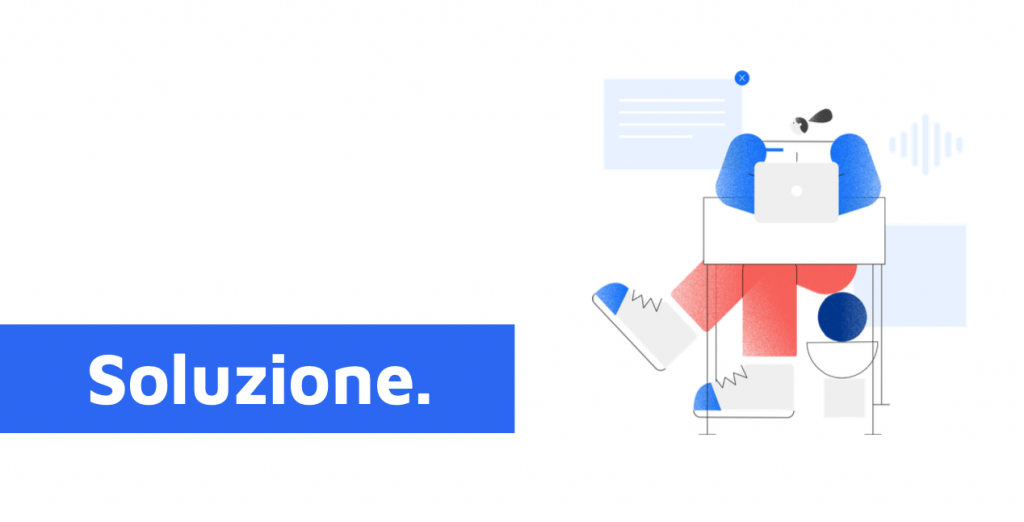Statistically, more than 97 percent of the more than 1.8 billion websites active in the world today are inaccessible to people with disabilities. In this article we will explain how we arrived at this market failure and howwe can reverse the trend thanks to an ecosystem of cutting-edge technologies and integrative services. AccessiWay, in fact, through its commercial offerings is able to make the path to accessibility as cheap and easy as possible. Let's see how.
The situation: the "web accessibility gap"
It has been estimated that 20 percent of the world's population has a visual, physical or cognitive impairment that prevents them from being able to take full advantage of the Web.There has always been talk about accessibility, but the issue does not seem to be at the center of the political debate despite the fact that hundreds of millions of people are excluded from an aspect that has now become central to everyday life.
Add to this the fact that 97% of websites, as anticipated, are not navigable by people with disabilities (we are talking about blind, visually impaired, deaf, color-blind or prone to seizures, users who cannot use a mouse, etc.).
In Italy, the so-called Stanca Law is the reference legislation for digital accessibility (Law No. 4 of January 9, 2004): one of the most important changes for administrations concerns the obligation to publish, by September 23, 2021, the Accessibility Statement. Public Administrations will have to indicate the status of compliance of each site and mobile application with accessibility requirements.
By 2025, full compliance will then be required of anyone with a website.

The solution: the AccessiWay ecosystem
AccessiWay makes a site accessible through two components working simultaneously: the Artificial Intelligence and the Accessibility Interface.
The artificial intelligence application is responsible for solving 70% of the technical requirements of the legal standards. This includes, for example, screen-reader navigation adjustments for the blind and keyboard navigation for people with mobility impairments. To make these adjustments, our AI scans and analyzes the website on which it is installed through a "contextual understanding" process that learns the purpose and function of each element before correcting it. Thus, pop-ups, dropdowns, forms, checkboxes, menus and buttons are adapted automatically. Then, it applies different behavior rules and ARIA attributes, depending on the functionality and state of the elements.
In addition, AccessiWay uses IRIS and OCR image recognition technologies to automatically provide accurate alternate text descriptions for images. All this is done in seconds and without any intervention required from developers.
The second part of our solution is the accessibility interface, which is responsible for adjusting the user interface and design of the website. The accessibility interface takes care of the remaining 30 percent of the technical requirements needed to make a site accessible, including adjustments for readable fonts, sizes, spacing, color contrasts, sliders, text emphasis, and more.
Accessibility Consulting
Web accessibility goes beyond the frontend of a website and to automated solutions. AccessiWay offers integrated solutions to be fully WCAG 2.1 compliant.
Do you publish videos and multimedia content on your website, YouTube or other channels? Make sure they are accessible! Making videos accessible is super easy with AccessiWay's remediation service.
Web accessibility sees a set of complex activities to be carried out on an ongoing basis. At both technical and regulatory levels, more nuanced support is often needed. AccessiWay's consulting services ensure maximum compliance and quality.
Accessiway
Sponsor Digital Innovation Days
